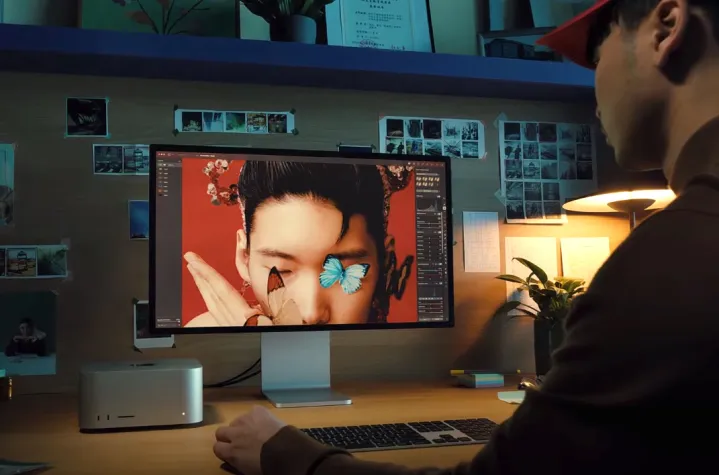
You’re probably familiar with the Apple Vision Pro, which uses spatial computing technology to bring content alive in the world around you. Virtual reality headsets and 3D displays exist to make games and other content feel more immersive. Apple, however, wants to be the best of the best and is looking into bringing spatial computing experiences to computer monitors, presumably to run your Mac.
A patent for “Displays with Selective Pixel Brightness tuning” was published on April 4, showing the company’s interest in the technology. Much of it involves using a lenticular display and a lenticular lens film so that a viewer can see what looks like three-dimensional images without wearing a headset.
The images can be displayed in controllable zones, and the pixel values of each pixel are adjustable for better quality. Multiple people can also view the same image, hinting that the display could have more than one viewing angle.
“A plurality of the lenticular lenses may extend across the length of the display. The lenticular lenses may be configured to enable stereoscopic viewing of the display such that a viewer perceives three-dimensional images,” explains Apple in the patent.
Apple doesn’t mention any of its products in the patent, but that is a common practice with many companies. Apple is protecting the idea of the technology, and just because Apple has patented something, it doesn’t always become a final product. It’s still cool to read about the concept, though, and dream of a future Apple Studio Display with this technology — or even a MacBook display that can display 3D content.
We’ve already seen companies play with the idea of 3D displays. 3D televisions (that required glasses) were once the rage, but the technology fell by the wayside. 3D is in the middle of making a comeback, though, such as the upcoming Samsung monitor, a glasses-free 3D monitor featuring similar spatial technology to what Apple is playing with in this patent.
Such a technology is expensive, though, as Apple Vision Pro is $3,500, and we can’t imagine what a 3D monitor from Apple might cost. The Apple Studio Display already costs $1,600, and the Pro Display XDR $5,000.
Editors' Recommendations
- How to choose between a MacBook and a Windows laptop
- Google has a chance to take on the Quest and Vision Pro in a big way
- MacBook Pro OLED: Here’s everything we know so far
- The new iPad Pro would be perfect, if only it were a Mac
- Here’s why M4 MacBooks were a no-show — and when they’re coming


